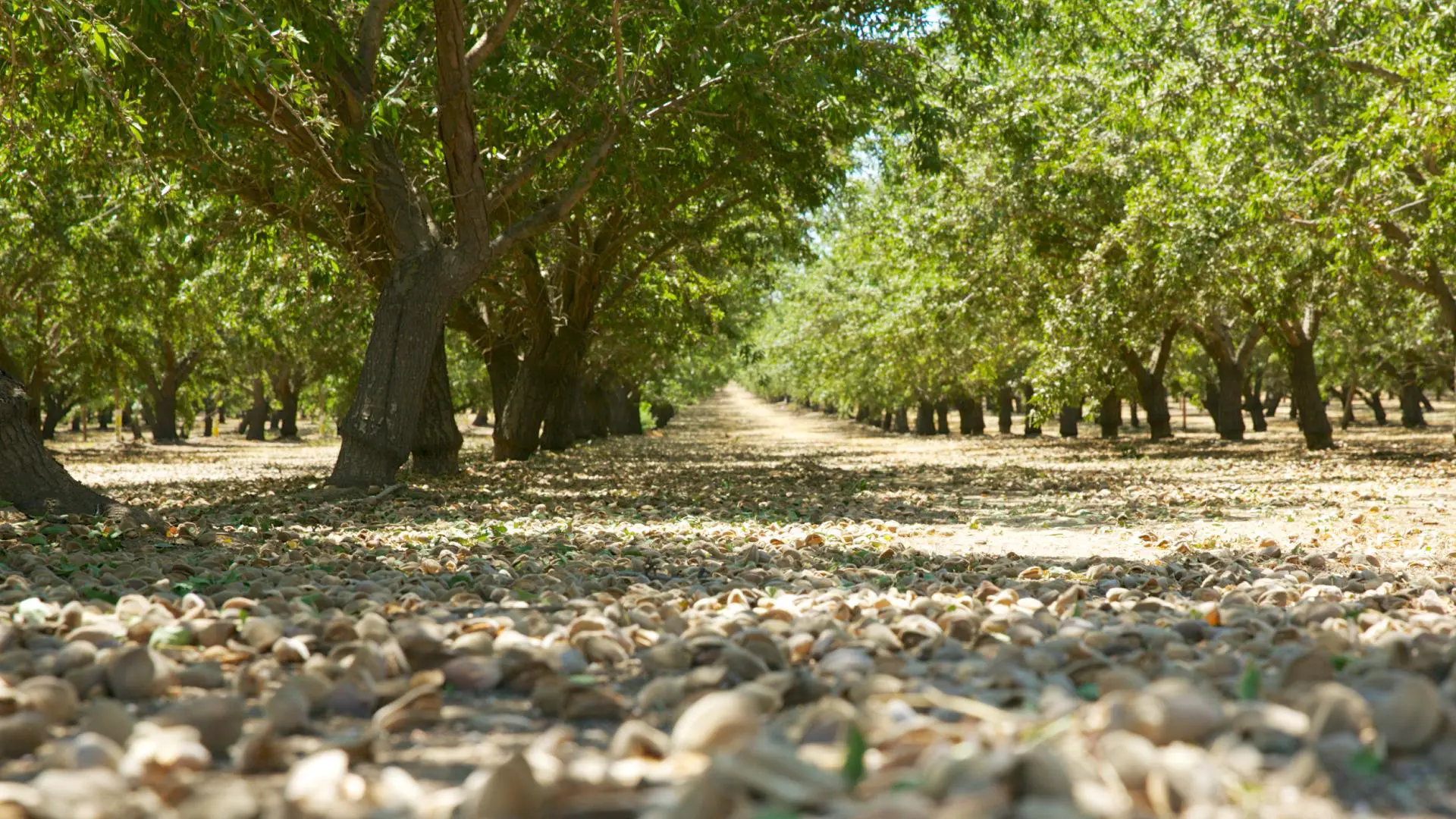
Intricacies of Salinity Management
- How much water does it take to leach salts? As stated in the United Nations Food and Agriculture “Water Quality for Agriculture,”
- “70-80 percent of the soluble salts initially present will be removed with a depth of water applied equal to the depth of soil to be reclaimed.”
- For example, if 12” of water between irrigations and winter rains can move through the top 12” of soil, then potentially 70-80% of the soluble salts can be removed from that top foot.
Boron, however, is an exception. It is far less mobile in soils and may require two to three times as much water to move.
The second component to successful leaching programs is soil drainage. Without adequate internal drainage, long-term salinity control will not be possible. If restrictions to good drainage exit, then the cause must be identified and corrected through physical and/or chemical management actions.
Gypsum products, such as Wilbur-Ellis Pelletized Gypsum (100% gypsum equivalent) may be used to maintain or improve soil physical properties by forming soil aggregates or “peds” that allow for good air and water movement in soils. But if the restriction is due to a hardpan or cemented layer, then that layer must be disturbed using physical means such as deep plowing or ripping.
Obviously, we need rain and lots of it.
Carl Bruice, Wilbur-Ellis National Nutrition Technical Manager
